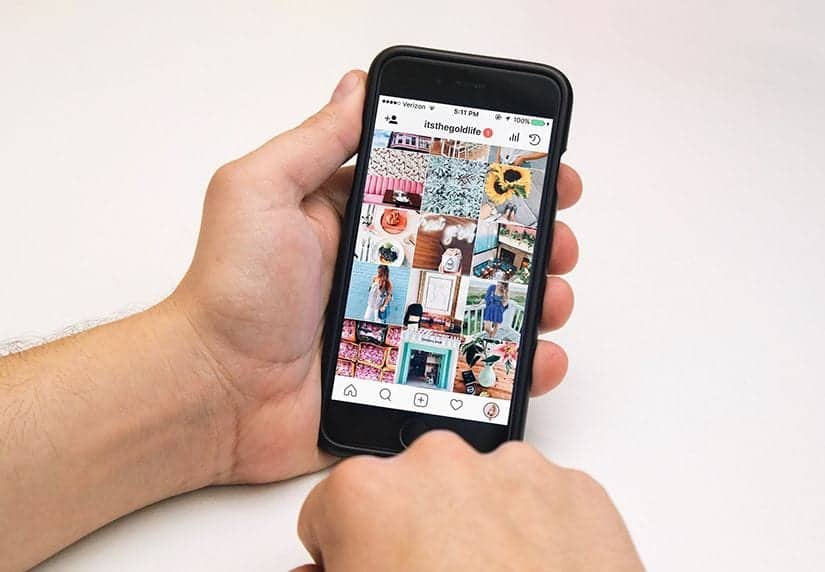On Our Radar: Spatial Photography App Fyuse
With so many new, exciting companies entering the digital advertising scene every day, it’s hard to keep track. That’s why we’ve created “On Our...

 Getting consumers to download your mobile app is only step 1 of the struggle. Now comes the even harder part: How do you keep consumers using your app once they’ve downloaded it? We offer some app engagement tips.
Getting consumers to download your mobile app is only step 1 of the struggle. Now comes the even harder part: How do you keep consumers using your app once they’ve downloaded it? We offer some app engagement tips.
Although app usage rates have risen slightly in the past few years, there is still much room for improvement. According to a study by Localytics, 20% of apps are used only once. Even more discouraging: 70% of total app usage is coming from the top 200 apps, per Nielsen figures.
It’s not that people don’t like using apps. An estimated 89% of mobile media time is spent on mobile apps vs. the mobile web. But with superstars such as Facebook Messenger, YouTube and Twitter usually taking the lead roles on mobile devices, it can be quite a challenge for the average app marketer to get some screen time. Here are three things you can do to combat this issue and get consumers continuously engaged with your apps:
1. Plan ahead for optimal app experience. Solely increasing app opens is not a strong metric to judge performance. You need to make sure that the app experience is worthy of the open. Examine your app analytics to determine how people are using your app and what features are most valuable to them, and use this information to plan what specific activities you want to grow, such as transactions or time spent in-app. What’s the value of your app to your intended audience? If you can’t come up with one, it might be better to start over before spending money to get people to use something they see no value in.
2. Communicate value in messaging. Why should users open your app? To answer this, you must get the messaging right. Remind your audience that the app they downloaded three years ago is a lot different today, and may have new features they don’t even know about. For example, today’s Snapchat is no longer just a peer-to-peer messaging service. It also has premium content from top publishers and news organizations, as well as in-app purchasing, drawing capabilities and video and text filters.
Another example is Marriott, a BCM client. The hotel chain’s app has been enhanced over the years to include mobile check-in and check-out as well as mobile requests. With multiple app benefits, embrace the power of customer data to message app features based on relevancy. For instance, Marriott currently targets certain app benefits to specific audience segments based on first-party data segments.
Despite the fact that it’s much cheaper to retain existing users than acquire new ones, most marketers focus on the latter, with only a fraction choosing to invest in in-app messaging. However, marketers that implement such messaging experience 2 to 3 times higher retention rates compared to those that don’t.
3. Take advantage of media. In addition to in-app communication, don’t be afraid to use other types of digital messaging.
Now that you’re equipped with some tricks up your sleeve, get out there. Use the litany of digital tools at your disposal to get your message heard, don’t forget to spice up your app to keep people interested and remember that your existing app users are just as, if not more, valuable than your existing consumers.
This article originally appeared in Advertising Age. You can catch more mobile app marketing tips from James when he speaks at MobileDevHacker, taking place January 27th in New York.

With so many new, exciting companies entering the digital advertising scene every day, it’s hard to keep track. That’s why we’ve created “On Our...

Many folks may be perfectly happy just using the mobile messaging apps that came pre-loaded on their devices, but the number of people heading to the...